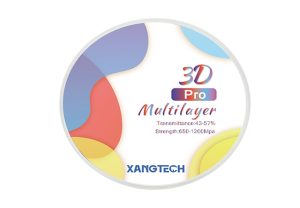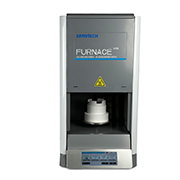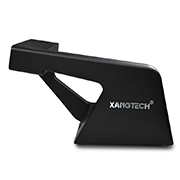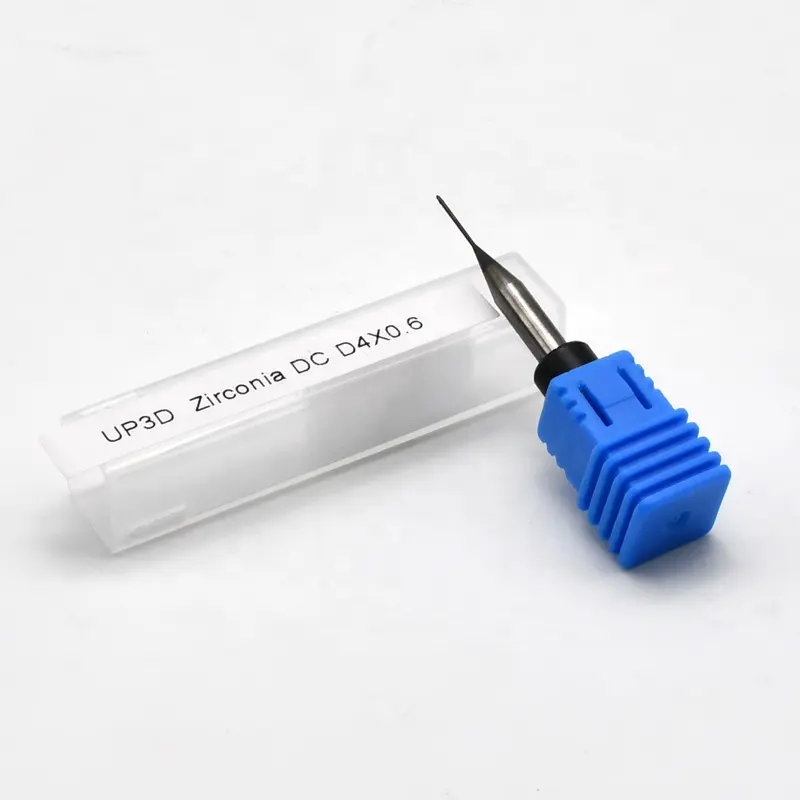Milling burs play a vital role in various machining processes, particularly in fields such as dentistry and jewelry making. These precision tools allow for accurate shaping, trimming, and polishing of different materials. The use of the correct milling bur not only enhances work efficiency but also significantly affects the quality of the finished product.
Understanding Milling Burs
The Basics of Milling Burs
Definition and Function
Milling burs are rotary tools used in machining to remove material from a workpiece, allowing for the creation of intricate designs and precise shapes. They consist of a cutting head, which rotates at high speeds to perform milling operations on various materials. The key purpose of milling burs is to achieve smooth finishes, achieve dimensional accuracy, and execute complex dental or industrial procedures with ease.
Types of Milling Burs
There are several types of milling burs designed to cater to different materials and applications. Some commonly used types include carbide burs, diamond-coated burs, and ceramic burs. Each type varies in its cutting abilities and is engineered for specific tasks, ensuring optimal results during machining operations.
Primary Materials Used in Milling Burs
Milling burs are typically constructed from high-quality materials such as tungsten carbide or high-speed steel, which provide durability and strength. Diamond-coated burs are also popular due to their superior hardness, making them ideal for polishing and finishing applications. Understanding the material composition of milling burs can help users select the right tool based on their specific needs and the material they are working with.
The Importance of Choosing the Right Bur
Impact on Precision and Efficiency
Choosing the correct milling bur is crucial for maintaining precision in machining processes. The right tool can enhance efficiency, allowing for faster completion of tasks without compromising on quality. Using inappropriate burs may lead to inaccurate cuts and increased material wastage, emphasizing the importance of selecting the correct milling tool for each specific application.
Avoiding Tool Wear and Tear
Another key consideration when selecting milling burs is the wear and tear that occurs during operation. High-quality burs designed for specific materials can withstand higher levels of stress and maintain their cutting edge for extended periods. This not only extends the life of the tool but also reduces the frequency and costs associated with replacing worn burs.
Cost Efficiency in Material Usage
Using the right milling bur can also impact the overall cost efficiency of a machining operation. By selecting burs that maximize material usage and minimize wastage, users can achieve better results while reducing costs. Investing in quality milling burs pays off in the long run, as they allow for better performance and increased lifespan.
Choosing Milling Burs for Metal
Challenges with Metal Milling
Hardness and Resistance
Milling metals presents distinct challenges due to their hardness and resistance to cutting. Metals require strong, durable burs that can withstand the rigors of machining without wearing down too quickly. The selection of milling burs must account for the specific type of metal being worked on, as different metals have varying degrees of hardness and properties.
Heat Generation and Management
Heat management is another crucial factor when milling metal materials. The high friction created during the cutting process can lead to excessive heat, which can adversely affect both the material and the bur itself. To mitigate this issue, using burs designed specifically for metal milling is essential, as they often incorporate features to handle heat generation effectively.
Ideal Metal Milling Burs
Tungsten Carbide Burs Advantages
Tungsten carbide burs are a popular choice for metal milling because of their hardness and ability to maintain a sharp edge. These burs can effectively cut through tougher materials, providing users with the reliability they need for precision work. Their robustness makes them ideal for various metal machining applications, ensuring longevity and performance.
The Role of Ceramic Coated Burs
Ceramic-coated burs offer additional benefits when milling metal. Their surfaces are designed to reduce friction and heat generation, allowing for smoother operations with less wear on the tool. This makes them an attractive option for extended milling processes or applications where heat buildup is a concern.
XANGTECH’s Optimal Solutions for Metal Milling
When it comes to finding the right burs for metal applications, XANGTECH provides a comprehensive selection of tungsten carbide and ceramic-coated burs tailored for metalworking. These products are engineered for durability and precision, ensuring that users can achieve their desired results efficiently in their metal machining tasks.
Finding the Right Polishing Burs
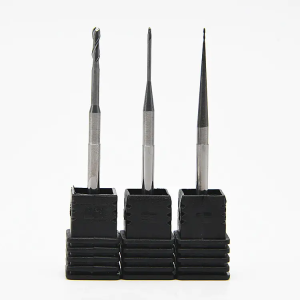
Importance of Proper Finishing and Polishing
Proper finishing and polishing are crucial stages in the machining process, as they greatly influence the final appearance and functionality of a part. These steps are particularly important in the production of dental restorations, where achieving optimal surface smoothness is essential. A smooth surface not only enhances the aesthetic value of the restoration but also improves its performance. By reducing friction and wear, a polished surface contributes to the longevity of dental restorations. Therefore, understanding the appropriate polishing techniques is vital in achieving the desired results for dental blocks and ensuring their durability and functionality in various dental applications.
Surface Smoothness Requirements
Different materials have varying requirements when it comes to surface smoothness. For instance, dental materials necessitate extremely smooth surfaces to ensure compatibility within the oral cavity and to minimize plaque accumulation. In contrast, metal parts may require specific textures to enhance operational performance, like friction or adherence. Each application warrants careful consideration of the polishing burs selected to meet these surface standards, ensuring both functionality and aesthetic appeal.
Polishing Techniques
Employing the correct polishing techniques facilitates superior finish quality. Techniques often include a combination of rotary motions and appropriate pressure application, along with the type of polishing bur used. The progression from coarser to finer polishing burs ensures that imperfections are gradually eliminated without causing damage to the material surface. Different abrasive materials, such as silicon carbide or diamond, are used depending on the complexity of the finishing tasks, making it crucial to choose the right technique and bur combination for achieving a high-quality finish.
Best Polishing Burs for Different Materials
Polishing burs vary widely based on their intended uses and the materials they work with. Understanding these differences can optimize results and enhance performance across various applications, from dental production to metal smoothing.
Polishing Rubber Discs and Points
Rubber polishing discs and points are often employed for soft materials such as wax and plastic. These tools are excellent for achieving an initial smooth finish due to their flexibility and ability to conform to the surface contours of the workpiece. The materials used in rubber burs allow for a gentle yet effective polishing action, lessening the risk of generating excess heat or damaging softer surfaces. Their effectiveness makes them an integral part of a comprehensive polishing system, especially in settings where delicate materials are common.
Diamond Impregnated Polishers
Diamond-impregnated polishers stand out due to their superior hardness and cutting efficiency. These polishers are designed to enhance the polishing process for harder materials and can create a finely tuned surface finish. Their durability enables them to outperform traditional polishing tools, making them particularly suitable for metal and ceramic applications. When used correctly, diamond burs can significantly reduce polishing times while elevating the quality of the finish, which is a valuable asset in high-precision industries.
XANGTECH’s Top Choices for Polishing Needs
XANGTECH specializes in high-performance polishing burs tailored to meet diverse requirements across different materials. By investing in XANGTECH products, users can ensure that they have access to the latest technology and design innovations that enhance the polishing process. The quality and reliability of XANGTECH’s products are backed by extensive industry research and user feedback, making them a preferred choice for many professionals. Their business involves Dental material, Dental milling machine, Dental furnace and Dental scanner.
Why XANGTECH Should Be Your Go-To Source
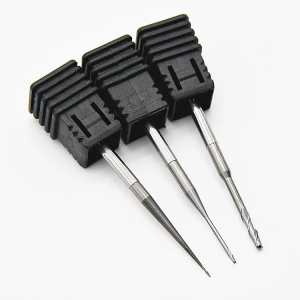
Choosing the right supplier for milling burs is as crucial as selecting the right tools themselves. A reputable source like XANGTECH provides numerous advantages that set them apart from competitors in the market.
Overview of XANGTECH Products
XANGTECH offers an extensive range of milling burs and polishing tools for various applications, catering to the needs of both dental and industrial professionals. Their commitment to quality is evident in their carefully engineered tools designed for precision and durability. From carbide and diamond-coated burs to polishing abrasives, customers can find a comprehensive selection tailored to their specific requirements.
Advantages of Choosing XANGTECH
Selecting XANGTECH as a supplier comes with numerous benefits. Their products are made from high-quality materials, ensuring extended durability and performance even under demanding conditions. Additionally, XANGTECH’s continuous investment in research and development allows them to stay atop emerging industry trends and innovations, providing users with cutting-edge solutions. Furthermore, cost-effectiveness is a hallmark of XANGTECH’s offerings, helping users maximize their return on investment. For example, XANGTECH’s Dental Zirconia Blocks come in different sizes and colors, offering versatility for coping, coping bridge, full arch coping bridge, custom abutment, inlay, onlay, posterior crown, and posterior crown bridge. These blocks undergo a meticulous process, including scanning, designing, milling, cleaning, sintering, polishing, staining, and finishing, ensuring optimal quality and performance.
Customer Testimonials and Industry Feedback
Feedback from satisfied customers highlights the reliability and effectiveness of XANGTECH products. Many users attest to the superior quality of the milling burs, which have markedly improved their machining outcomes and efficiency in operations. Industry testimonials further emphasize the value of XANGTECH’s commitment to customer satisfaction, making them a trusted choice for professionals seeking to elevate their tasks in precision machining.
In conclusion, understanding the intricacies of milling burs, coupled with selecting the right tools for specific materials and applications, is critical in achieving optimal results. By choosing high-quality products and adhering to best practices for maintenance and care, users can ensure longevity and performance from their tools, while XANGTECH stands out as a premier source for all milling bur needs.

